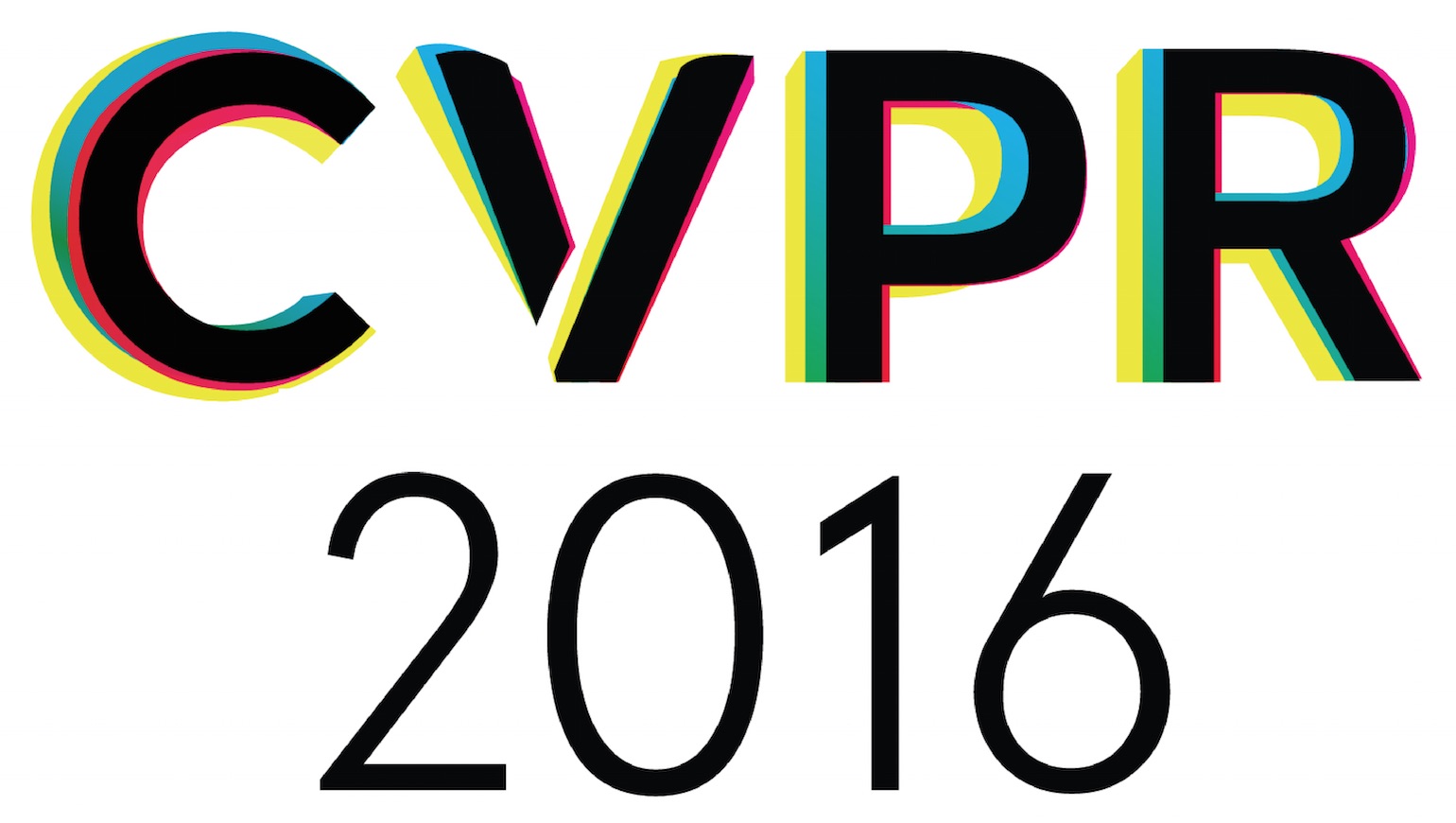-
Reinforcement Learning for Visual Object Detection
AbstractOne of the most widely used strategies for visual object detection is based on exhaustive spatial hypothesis search. While methods like sliding windows have been successful and effective for many years, they are still brute-force, independent of the image content and the visual category being searched. In this paper we present formally rigorous sequential models that accumulate evidence collected at a small set of image locations in order to detect visual objects effectively. By formulating sequential search as reinforcement learning of the search policy (including the stopping condition), our fully trainable model can explicitly balance for each class, specifically, the conflicting goals of exploration -- sampling more image regions for better accuracy --, and exploitation -- stopping the search efficiently when sufficiently confident in the target's location. The methodology is general and applicable to any detector response function. We report encouraging results in the PASCAL VOC 2012 object detection test set showing that the proposed methodology achieves almost two orders of magnitude speed-up over sliding window methods.
Related Material
[pdf][bibtex]@InProceedings{Mathe_2016_CVPR,
author = {Mathe, Stefan and Pirinen, Aleksis and Sminchisescu, Cristian},
title = {Reinforcement Learning for Visual Object Detection},
booktitle = {Proceedings of the IEEE Conference on Computer Vision and Pattern Recognition (CVPR)},
month = {June},
year = {2016}
}
These CVPR 2016 papers are the Open Access versions, provided by the Computer Vision Foundation.
Except for the watermark, they are identical to the accepted versions; the final published version of the proceedings is available on IEEE Xplore.
Except for the watermark, they are identical to the accepted versions; the final published version of the proceedings is available on IEEE Xplore.
This material is presented to ensure timely dissemination of scholarly and technical work.
Copyright and all rights therein are retained by authors or by other copyright holders.
All persons copying this information are expected to adhere to the terms and constraints invoked by each author's copyright.

